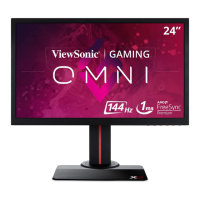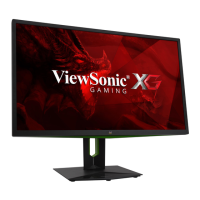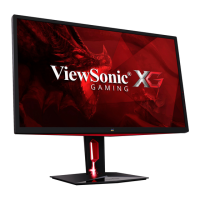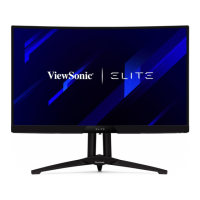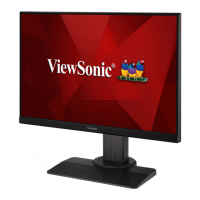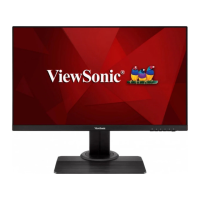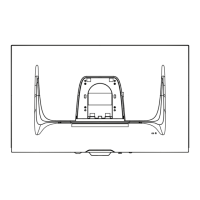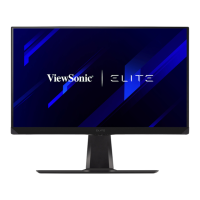Operating
Conditons
Temperature
0° C to 40° C (32° F to
104° F)
Humidity
10% to 90% (non-
condensing)
Altitude 16,000 feet (5 km)
Storage
Conditions
Temperature
-20° C to 60° C (-4° F to
140° F)
Humidity
5% to 90% (non-
condensing)
Altitude 40, 000 feet (12.1 km)
Dimensions
Physical
(W x H x D)
539.8 x 520.1 x 239.2 mm
(21.25” x 20.48” x 9.42”)
Wall Mount Dimensions 100 x 100 mm
Weight Physical 6.8 kg (14.99 lbs)
Power
Saving
Modes
On
[3]
40W (Typical)
Off ≤ 0.5W
1. Do not set the graphics card in your computer to exceed these timing modes; doing so may result in permanent
damage to the display.
2. Please use the power adapter from ViewSonic® or an authorized source only.
3. The test condition follows EEI standards.
This section addresses all connected requirements and statements regarding regulations. Confirmed corresponding
applications shall refer to nameplate labels and relevant markings on the unit.
This device complies with part 15 of FCC Rules. Operation is subject to the following two conditions: (1) this device
may not cause harmful interference, and (2) this device must accept any interference received, including interference
that may cause undesired operation. This equipment has been tested and found to comply with the limits for a Class B
digital device, pursuant to part 15 of the FCC Rules.
These limits are designed to provide reasonable protection against harmful interference in a residential installation.
This equipment generates, uses, and can radiate radio frequency energy, and if not installed and used in accordance
with the instructions, may cause harmful interference to radio communications. However, there is no guarantee that
interference will not occur in a particular installation. If this equipment does cause harmful interference to radio or
television reception, which can be determined by turning the equipment off and on, the user is encouraged to try to
correct the interference by one or more of the following measures:
Reorient or relocate the receiving antenna.
Increase the separation between the equipment and receiver.
Connect the equipment into an outlet on a circuit different from that to which the receiver is connected.
Consult the dealer or an experienced radio/TV technician for help.
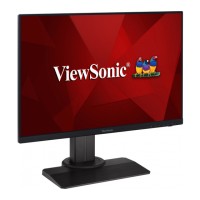
